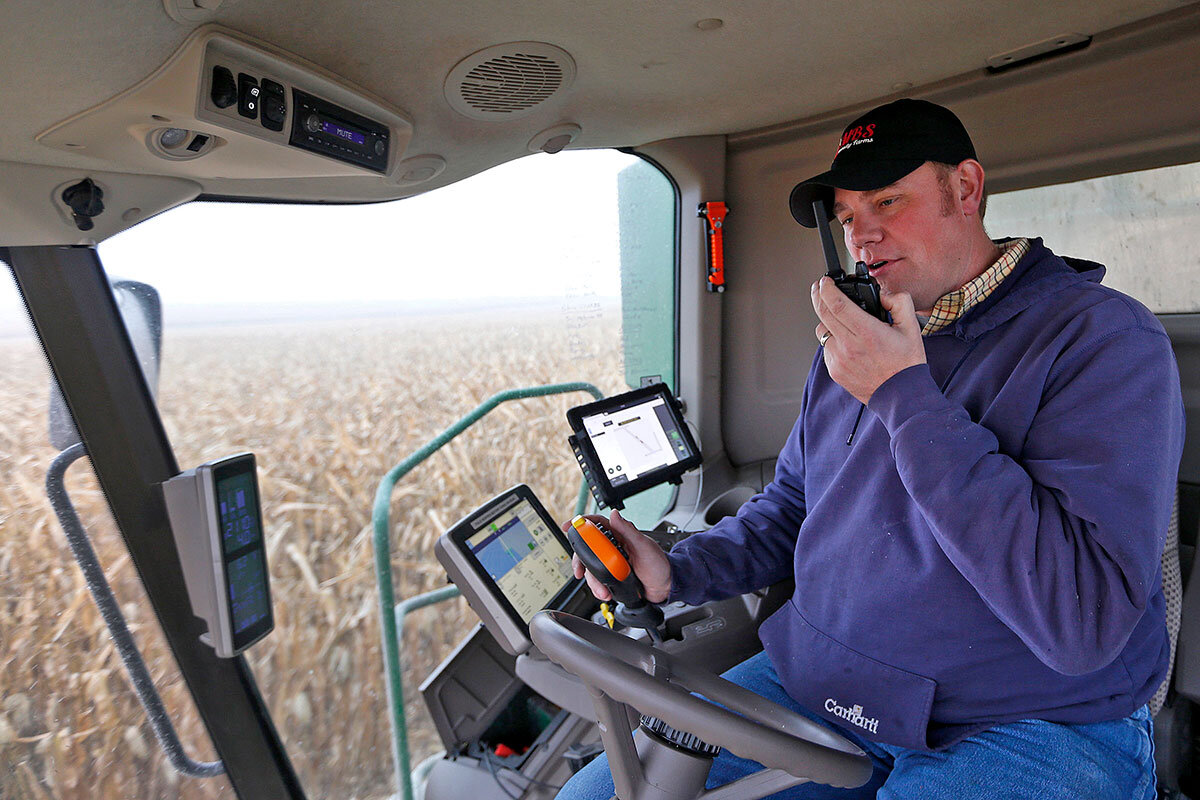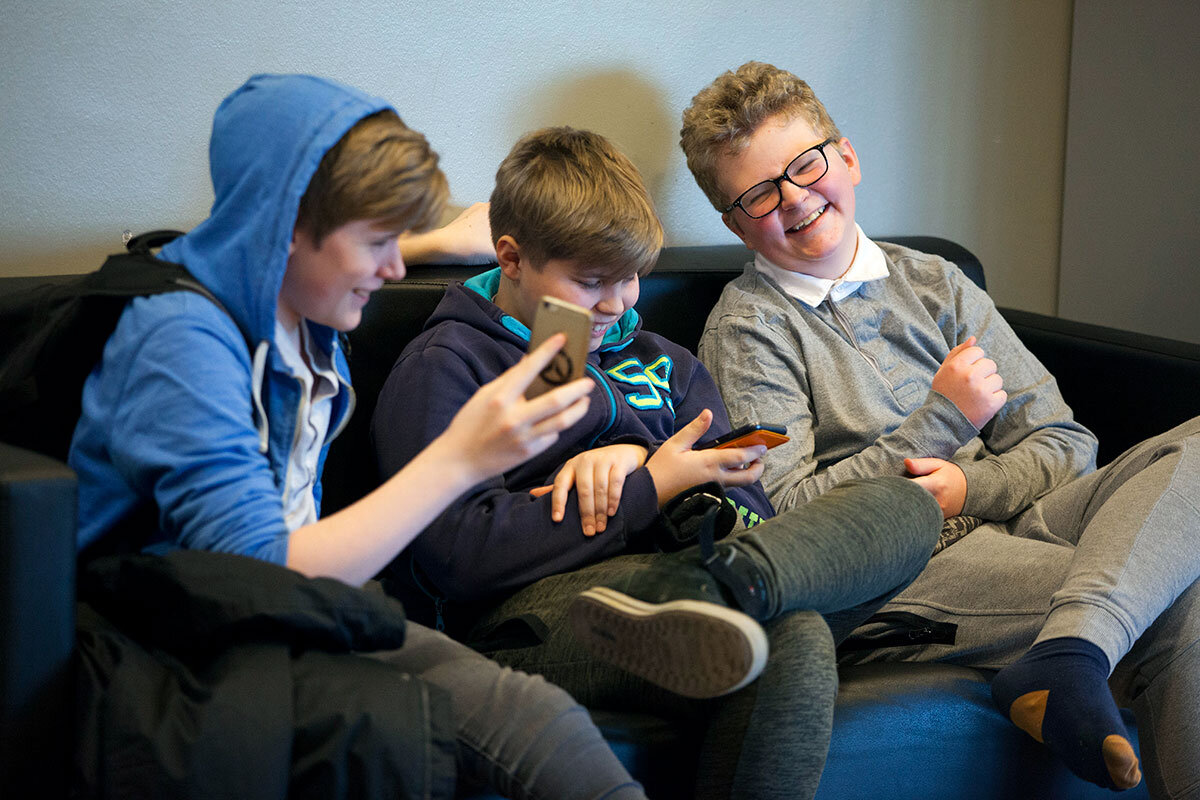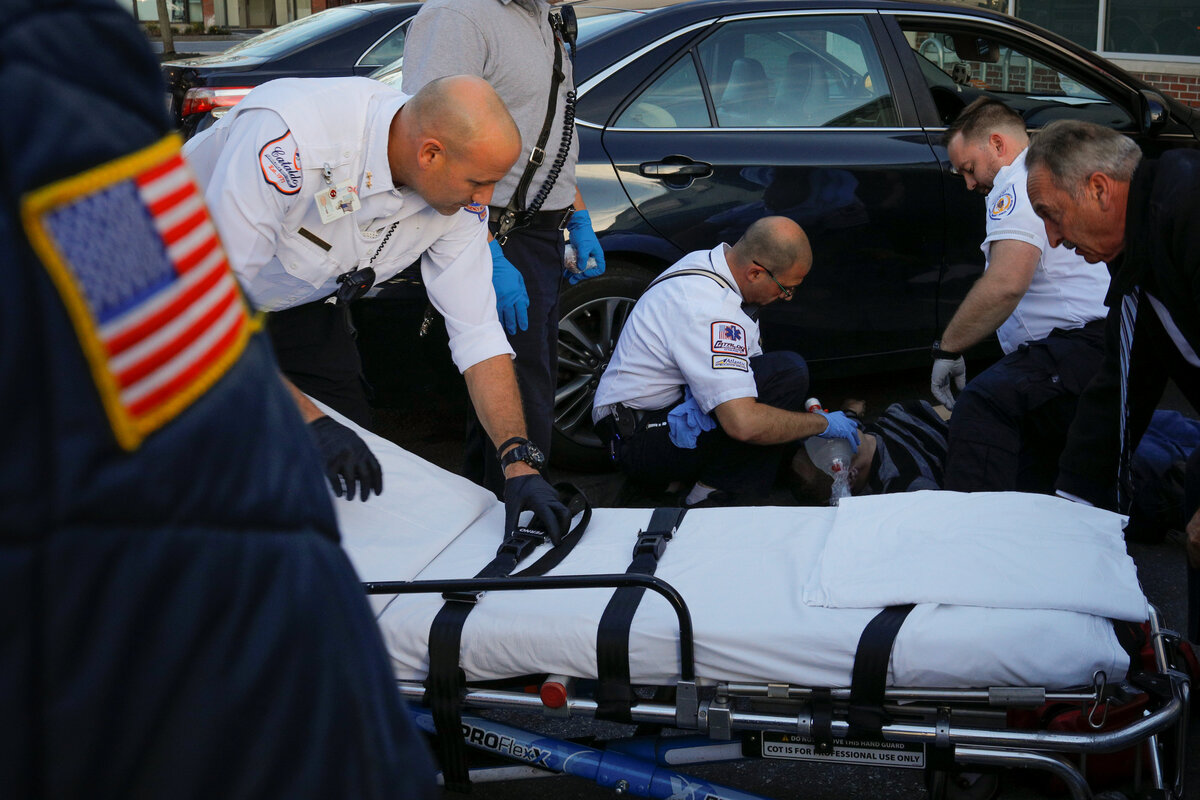Loss of life among the most vulnerable members of a broadly prosperous culture is hard to accept. The context that helps: Fatal fires are becoming much less common. But the complications around “clustering” still need addressing.
Monitor Daily Podcast
- Follow us:
- Apple Podcasts
- Spotify
- RSS Feed
- Download
 Clayton Collins
Clayton Collins
Year’s end is a time for looking back then boldly forward.
Often “the now” intrudes. A fatal fire in the Bronx Thursday night, reportedly started by a child playing with a stove, marked a detour from a long national trend toward residential fire safety. We'll go deeper on that story below.
Across the globe, in Mumbai, a fire at a rooftop restaurant also killed more than a dozen people.
Those are hard headlines, and there are more. Arctic air is wreaking havoc in the US Northeast and elsewhere, freezing sharks mid-swim. In the Indian capital, New Delhi, it’s air quality that’s the real crisis.
But some better trends stand out in a scan of this week’s quieter news. As it happens, India also produced some stories with encouraging topspin, and all in one narrow realm.
A village in Telangana is feeling the effects of its shift a decade ago to organic agriculture – including a decline in farmer suicides brought on by crop loss and debt. A Bhopal banker has created a no-fee produce brokerage that serves farmers (and consumers) in his region. A New Delhi doctor is going to court against those who feed children an unhealthy appetite for processed food – and pointing children at staples like lentils and rice. Finally, a new high-speed fiber optics grid will deliver all of that ripening knowledge, including to rural villages never before served.
Now to our five stories for today. First, an editor’s request: If your reading practice has been to scroll your Daily as an email (a fine way to ingest it), please also try popping open the enriched version on your mobile or laptop for the photos and full reads.
New years are for new practices, too!










